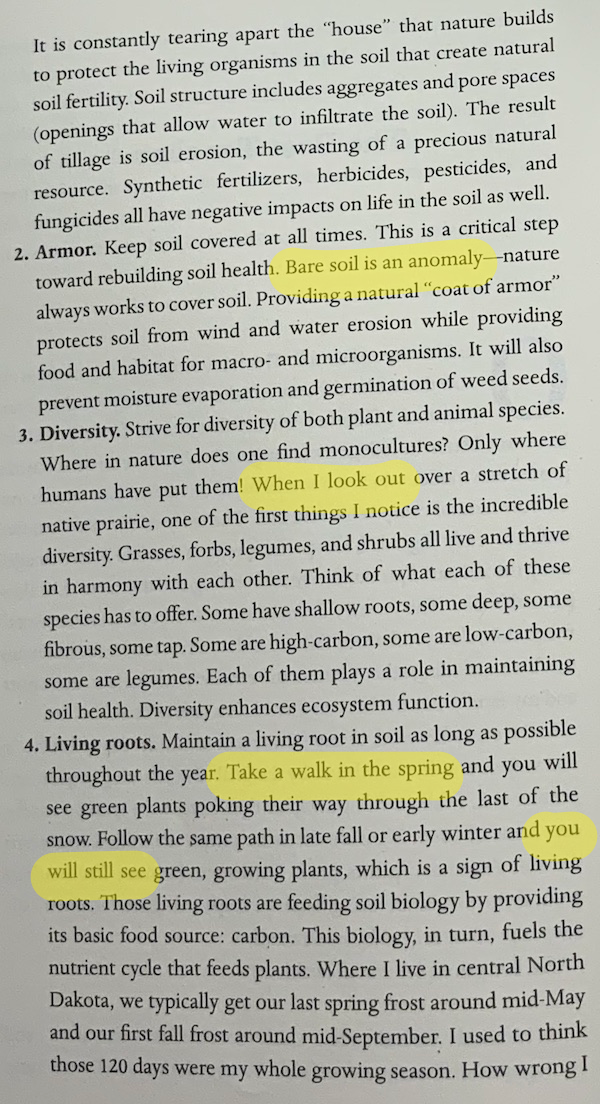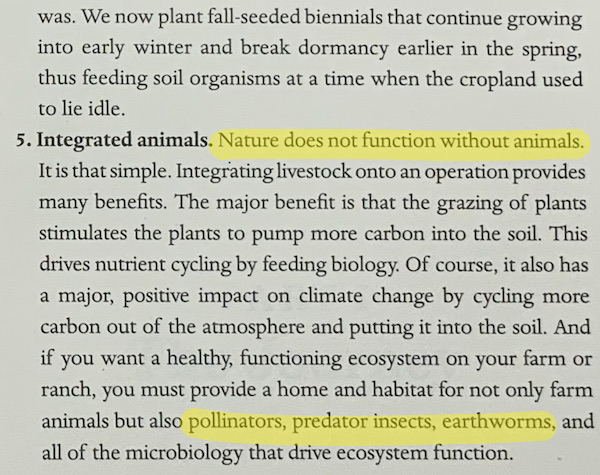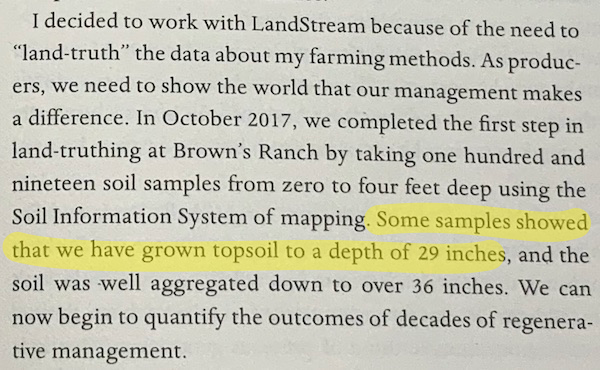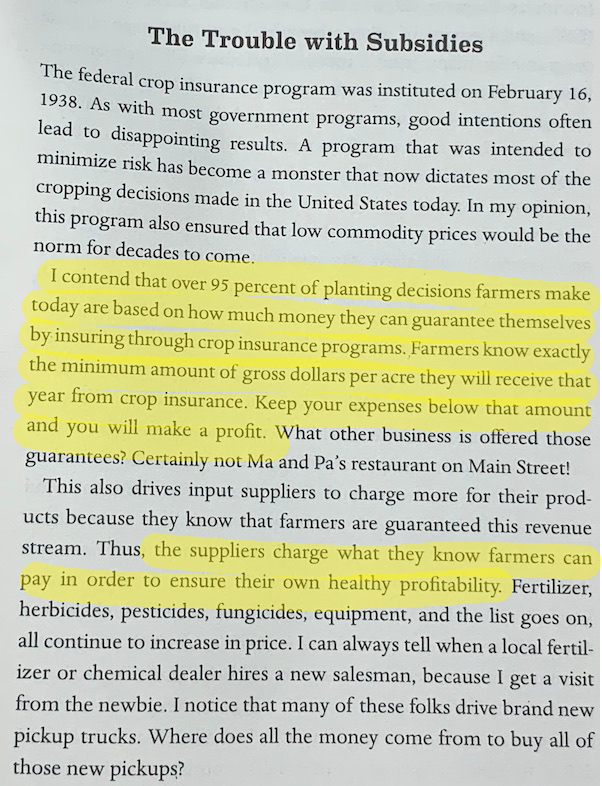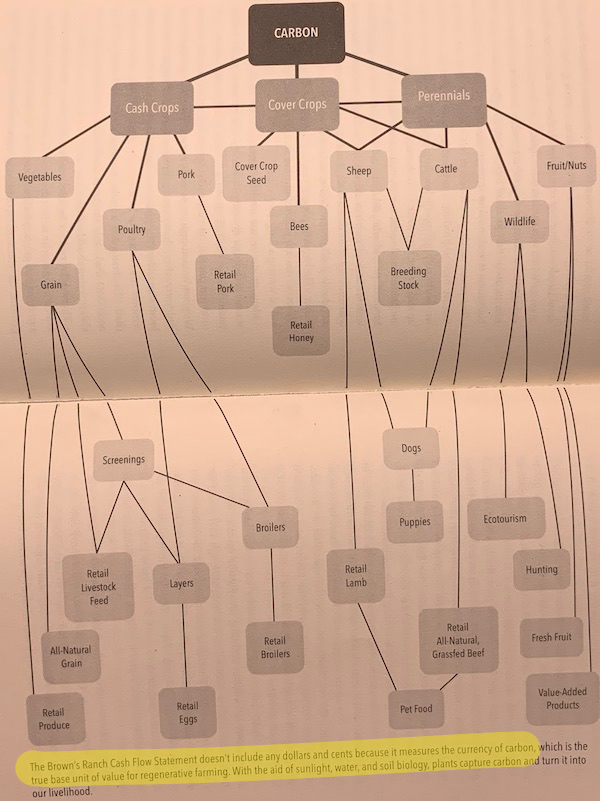[ad_1]
This is Naked Capitalism fundraising week. 1561 donors have already invested in our efforts to combat corruption and predatory conduct, particularly in the financial realm. Please join us and participate via our donation page, which shows how to give via check, credit card, debit card, or PayPal. Read about why we’re doing this fundraiser, what we’ve accomplished in the last year, and our current goal, more original reporting.
And if I may add a personal note, from just looking at the top of the front page: Where else in the world do you find a site that covers COP26, war, imperialism, the labor market, OSHA and its vaccine mandate, and regenerative agriculture, all in one news cycle? Along with two heaping servings of linky goodness every weekday? I say nowhere.
So, if you have not contributed, please do so. No donation is too small (cf. Luke 21:1-4). Now, some readers may not be in a position to donate, and that is fine; we don’t want anybody to go hungry or skip the bills, after all. However, if you have already donated, and you are in a position to do so once more, won’t you please consider donating on behalf of small donors who cannot? Thank you!
By Lambert Strether of Corrente.
For some time, readers have been chivvying me to review Gabe Brown’s 2018 book Dirt to Soil (Chelsea Green; list $19.95[1]). Well, “chivvying” is not quite fair; rather, readers have been not-at-all ostentatiously dropping his name in comments, rather in the manner of parents leaving copies of a book they want their recalcitrant teen-ager to read beside the couch or out on the kitchen table. Well, it turns out that readers OregonCharles, pileusII, drumlin woodchuckles, HotFlash, and Mike G got ahold of the right end of the stick; Gabe Brown’s book is definitely well worth a read (and very hopeful, a good thing these days).
This will not be an exhaustive review of Brown’s book, or a treatise on regenerative agriculture. Rather, I will, as is my practice, pick out a number of bright shiny objects that I think Naked Capitalism readers can make use of. Since I don’t have an electronic copy of the book, and don’t have time to type in long passages from the book, we are mutually reduced to bendy screenshots of pages from the book, which I have helpfully highlighted. I will look at Brown as a media figure, the Five Principles of Soil Health, the depth of Brown’s topsoil, what Brown called “the production model” of non-regenerative agriculture (“Big Ag”), and finally at Brown’s carbon-based “Income Statement.”
(1) Brown as a Media Figure.
Brown is, it is clear, a media figure. He is out there pushing for — in an unguarded moment, he might say “evangelizing” — his ideas, and very effectively, too. In this, Brown resembles Joel Salatin of Polyface Farm (who I learned about from Michael Pollan (whose Omnivore’s Dilemma Brown references (p. 183))). This is a good thing; but it’s also a thing[2].
(2) Rules for Soil Health. Please forgive the way these pages are cobbled together:

I’m glad Brown put the Rules right up front, instead of taking a hundred pages to build up to them. I have helpfully underlined words like “look out,” “take a walk,” “you will still see,” because as Yogi Berra says: “You can observe a lot by just watching.” No matter whether our plot or land be large or tiny, we can all exercise our senses and draw conclusions from them. For example, from Rule 2: “Keep covered at all times.” Why? When you look, you see that “bare soil is an anomaly.” And even in my very, very limited experience as a gardener, I know what when I sheetmulched my patch — sheet-mulching is the gateway drug to permaculture, as perhaps permaculture is the gateway to regenerative agriculture — the soil got darker, fluffier, and just more generally pleasant to the hand, and very different from the horrid riverbank clay I started out with. There is also a good deal of pure pleasure to be had from Rule 5: Pollinators, predator insects, earthworms. Pollinator insects are relaxing to listen to, and pollinator birds are fun to watch (like those hyper-aggressive little fighter jets, hummingbirds). And before I sheet-mulched, no earthworms. After I’d been sheet mulching two or three years, many of them. It’s a good feeling to discover that the soil is alive when situating a plant within it. I realize these are my relatively trivial experiences as a gardener, rather than a farmer, let alone a farmer running a very profitable enteprise; but the sheer pleasure Brown takes in all those goes into making dirt soil shines through on every page. I highly recommend the feeling.
(3) The Depth of Brown’s Topsoil
Taking Iowa as an example, Iowa has lost a lot of topsoil:
According to the USDA Natural Resources Conservation Service, Iowa has lost an average of 6.8 inches of topsoil since 1850. The Iowa loss of topsoil is unsustainable at the current rate. The best scientific estimates put the average rate of rebuilding top soil at ½ ton per acre. That indicates Iowa is losing topsoil (5 tons per acre) at a rate 10 times the rate of replenishment (.5 ton per acre). Iowa’s rate of loss of its black gold suggests farmers must reverse this trend or future generations of farmers face a grim outlook.
Conventional wisdom says that it takes generations to build back (oops) topsoil once it’s been lost[3]. From the USDA:
An often asked question is, “How long does it take to form an inch of topsoil?” This question has many different answers but most soil scientists agree that it takes at least 100 years and it varies depending on climate, vegetation, and other factors.
(LandStream is a consulting firm, hired by Brown in 2018 to assess his soil. I cannot find the results online[4].) If Brown’s figures are correct (I do note that qualification, “some samples”) then the USDA is wrong (not unheard of for Federal agencies ***cough*** CDC ***cough***). If if topsoil can be regenerated in years, not decades, that opens the way for my hair-brained scheme to restore the Great Plains to its former glory (and pay its inhabitants for doing that[5]).
(4) The Dominant “Production Model”
Crop insurance-driven business decisions don’t seem like profit calculations at all, to me. They seem a lot more like rents (and very much dependent on luck, too, as last year’s flooding shows. And as climate changes, more and more unluck may end up destabilizing the crop insurance system, as it looks to be destabilizing flood insurance). Big Ag looks a lot like Big Pharma, to me. I wonder what Stoller would have to say about all this…
(5) Brown’s Carbon-Based Income Statement
At one level, this is a fascinating approach to agriculture. Starting at the root, Carbon, Brown creates three categories: Cash Crops, Cover Crops, and Perennials. Within each category, he labels a carbon flow, which is simultaneously an opportunity for profit (and not at all a “luck of the draw” rental extraction, as in the dominant “production model”). For example, planting cover crops induces a flow of bees, which induce a flow of honey, which is sold at retail. Grain when processed creates a flow of screenings which feed a flow of chickens, also sold at retail. (Awkwardly for what looks like a tree structure, there are cross linkages between items under separate categories; for example, cover crops and perennials both feed sheep and cattle, which are both sold for breeding stock and at retail. When I see a tree structure trying to become a graph, my impulse is to think that matters are more complex than they first appear, and when I start tugging on loose ends, I’ll find out some interesting things. However, that is neither here nor there for the purposes of this review.) Brown describes how his approach makes for a good family business. Page 195 et seq.:
Because Shelly and Paul and I [Brown’s family] have set up this rich diversity of income streams, our ranch is resilient not only ecologically, but financially, too.
When I travel around North America to give presentations about our farming methods, I hear over and over again that there is no money to be made in production agriculture [“Big Ag”]. My story, however, is proof that there is good money to be made when you think outside the box.
Even though we already run seventeen enterprises on our operation, we have many more that we would like to add in the future….
At almost every presentation I give, someone asks: “How many employees do you have in order to get all that work done?” The answer is: “Shelly, me, Paul, and Paul’s girlfriend, Shalini Karra. For five or six months each year, we bring on a couple of interns
… Rather than talllying up how many enterprises we run and thinking of it as a burdensome workload, I tell people to think about all the tasks we don’t need to do….. For example, we don’t need to haul and apply fertilizer, pesticides, and fungicides. We don’t need to vaccinate and worm our livestock…. We don’t have daily chores of starting up farm equipment to haul feed to the livestock during the winter. We don’t have to spend time hauling manure from the corral out to spread on the fields.
And:
Stacking enterprises gives greater opportunity for profitability.
Seems like a generalization of permaculture’s “stacking functions.”
A few observations on Brown’s “Income Statement” and his larger project of agricultural regeneration:
(A) We are not looking at an income statement, even in terms of carbon. There’s no bottom line labeled “NET.” What we have is a map of potential enterprises based on stocks and flows of carbon. That is an excellent thing to have, but it’s not an income statement.
(B) Conceptualizing such a map as an income statement strikes me as uncomfortably close to the “ecosystem services” model, with each enterprise modeled as an ecosystem service. As readers know, I don’t accept that ecosystem services can be priced, and that includes the services — if services they be — provided by soil, and so it concerns me that Landstream Services (the consultant hired by Brown to assess his soil, whose deliverable I cannot find) is involved in such efforts in Vermont.
(C) Let’s ask ourselves what Brown’s relation to the means of production is. In class terms — and by this I mean no disrespect, in fact quite the reverse — Brown is a peasant. Here is the definition of peasant from my Oxford English Dictionary app:
peasant
/?p?z(?)nt/
noun & adjective. LME.[ORIGIN: Anglo-Norman paisant, Old French païsant, païsent (also mod.) paysan alt. (with -ant) of earlier païsenc, from païs (mod. pays) country from Proto-Romance alt. of Latin pagus country district: see -ant2.]
A. noun. 1. Chiefly hist. & Sociology. ; . LME.
(Obviously different in kind from a Big Ag farmer producing a monocrop for export or to be turned into High Fructose Corn Syrup.)
And see also:
? peasantism noun (a) the political doctrine that power should be vested in the peasant class; (b) the political doctrine that the peasant class and the intelligentsia are the only true revolutionary forces: l19.
? peasantist noun & adjective (a) noun an adherent of peasantism; (b) adjective of or pertaining to peasantists or peasantism: l19.
? peasantry noun (a) peasants collectively; (b) the condition of being a peasant; the legal position or rank of a peasant; (c) the conduct or quality of a peasant, rusticity.
Again, I mean no disrespect; a peasantry (“Chiefly hist. & Sociology” my Sweet Aunt Fanny) that can become stewards of the soil as Brown shows that his family can (see the Appendix) is not to be sneered at, but to be encouraged. (“In the Confucian view of the economy, agricultural work was morally superior.”)
However, scaling Brown’s “Carbon Based Balance Sheet” approach even to the level of multiple counties, let alone to States or regions, necessarily requires the creation of a peasant class. That again may be no bad thing; if, in some alternate universe, The Bearded One had read From Dirt to Soil, he would not have made his infamous remark about “the idiocy of rural life,”[6] since Brown is plainly not an idiot.
That said, for a class of small-holders to be created on, say, the Great Plains, there are a lot of structural issues to be addressed, beyond propagating the regenerative skills and enterprising attitude that Brown exemplifies. Probably something on the order of land reform would need to be implemented — it’s hard to imagine regenerative agriculture being performed by sharecroppers — and debt would need to be addressed, so peasants wouldn’t be reduced to the status of serfs.
Needless to say, our current political economy isn’t big on debt relief or protection, let alone prying farmland from the sucking mandibles of private equity.
Finally, and there’s no denying it, being a peasant is hard work and involves risk. Not every peasant will be going on speaking tours! If we regard regenerating America’s soil as a public good and a national project worth undertaking, then moving from dirt to soil will not be enough; we will need to move to a support structure for an emergent peasant class as well.
NOTES
[1] If you alllow pop-ups, you’ll see an offer to sign up for Chelsea Green’s mailing list, in which case you get a discount on your next purchase.
[2] The finance-adjacent person in me wonders where the appearance fees, if any, fit into the Carbon-Based Income Statement discussed in section (5).
[3] The scope of the work is indicated by the title: “One Family’s Journey into Regenerative Agriculture.” “Desertification” does not appear in the index; it is not clear to me that Brown’s techniques apply when desertification has reached a stable state. It would be nice if it did; see Greening the Desert at NC (2012).
[4] LandStream does exist, but is quite small. I was amazed to find the name of LandStream’s owner, Abe Collins, in a usage example for “regenerative” in an online Somali-English dictionary. That speaks well of him, I think.)
[5] Big Ag likes to think of itself as “feeding the world,” and, I think, takes its inspiration from Norman Borlaug. It’s not clear that’s a Jackpot-compliant model, and may even be bringing the Jackpot closer. Now, cloning Gabe Brown and sending a clone army of Gabe Browns to India, Africa, and China, on the other hand…. That would feed the world.
[6] But see here for a retranslation/defense.
APPENDIX
Dirt to Soil also includes 26 illuminating color plates, often with extremely polemic captions. Here is how Brown’s Ranch grows potatoes:
Digging potatoes seems like work, so Brown’s seems like the better system. I wonder if anybody in Aroostook County has tried this technique?
[ad_2]
Source link

